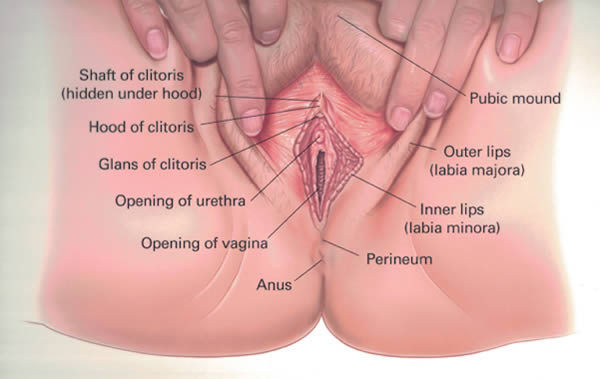A New Year's resolution for your pelvic floor health: learn your anatomy.
Have you ever looked at your genitalia in the mirror? Like REALLY looked at it?
One of the most empowering things you can do for your pelvic health is to take a look at yourself in the mirror and learn your anatomy.
Here is a quick primer on how to stay on top of what's going on down there, including tips on simple self examination and resources to find more information.
- Perform a monthly self exam of your genitalia with a mirror and notice what’s your normal: color, size of structures, color of your secretions, smell, tissue texture, etc. Use your eyes to look and also your fingers to touch the different structures and become acquainted.
- By giving yourself regular self-exams, you can be better aware of changes and be able to get support from your healthcare team sooner when things arise.
- Learn where your structures are, including your clitoris, this can help you become more aware during sexual activity and more able to communicate what feels good and what doesn’t feel good to your partner. Is the left side of your clitoris more sensitive than the right? Does direct pressure over the urethra feel bad, but direct pressure over the clitoris feel good? In order to communicate what you want/need in sex, it’s helpful (I would argue mandatory) to actually know what specifically feels good to your body. It’s different for everyone and you are the best equipped to find out.
- What does a normal vulva look like? They can look very different!
- Check out The Labia Library for a photo gallery of different vulva: https://www.labialibrary.org.au/photo-gallery/
- Check out @the.vulva.gallery on Instagram to see drawings of how different vulvas can look.
Need some support? Ask your gynecologist, women’s health nurse practitioner, or a pelvic floor therapist to help you go through a self exam.
Give us a call at Femina PT today!

